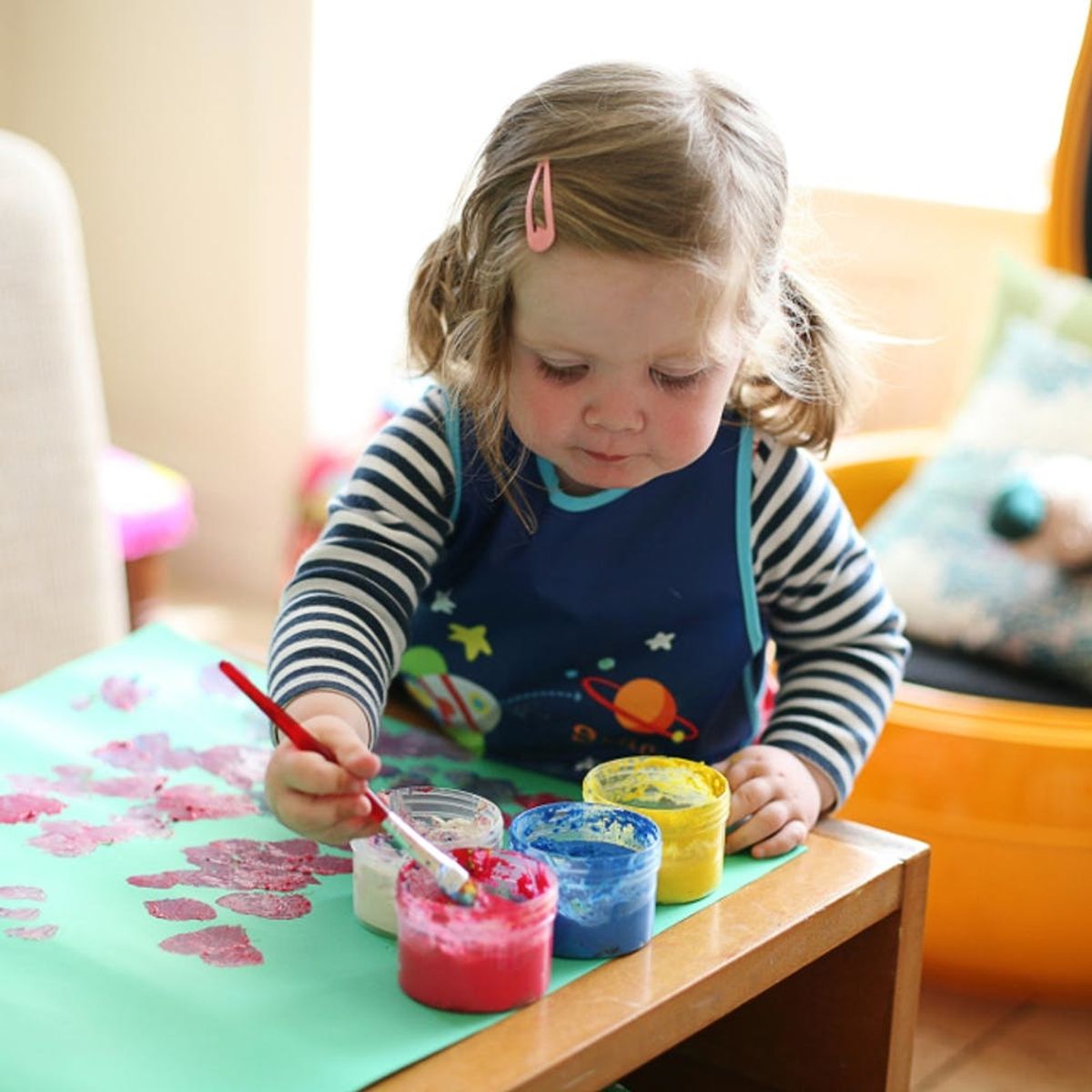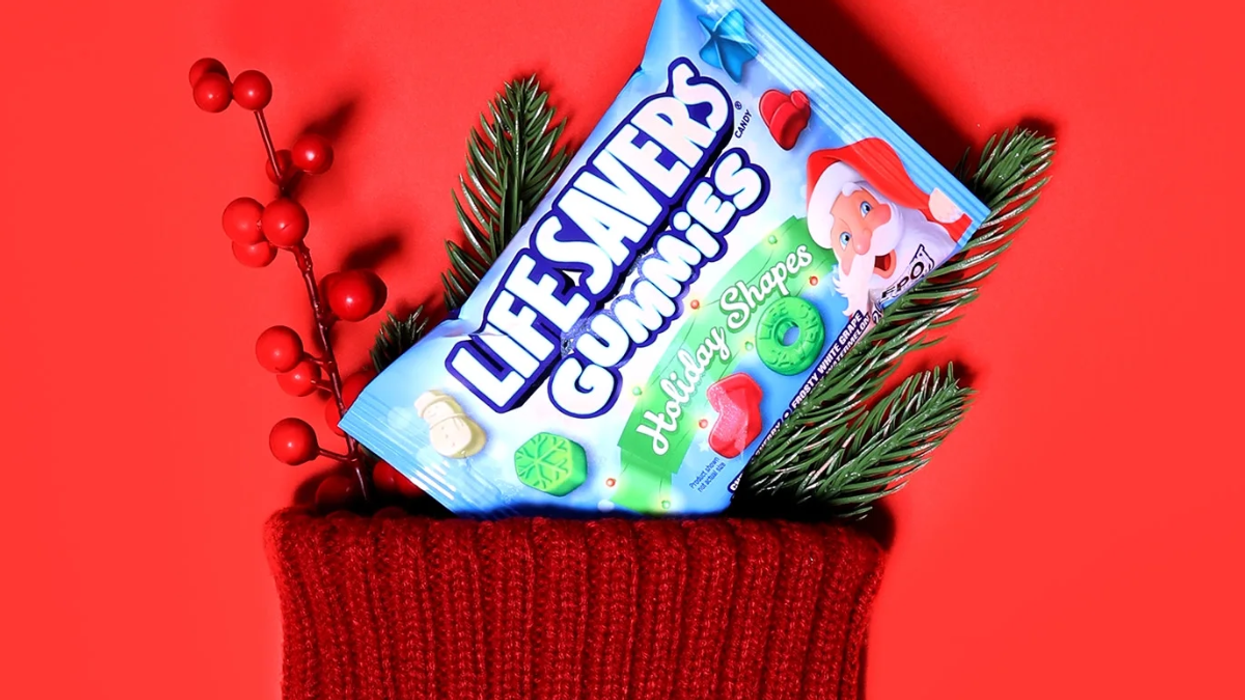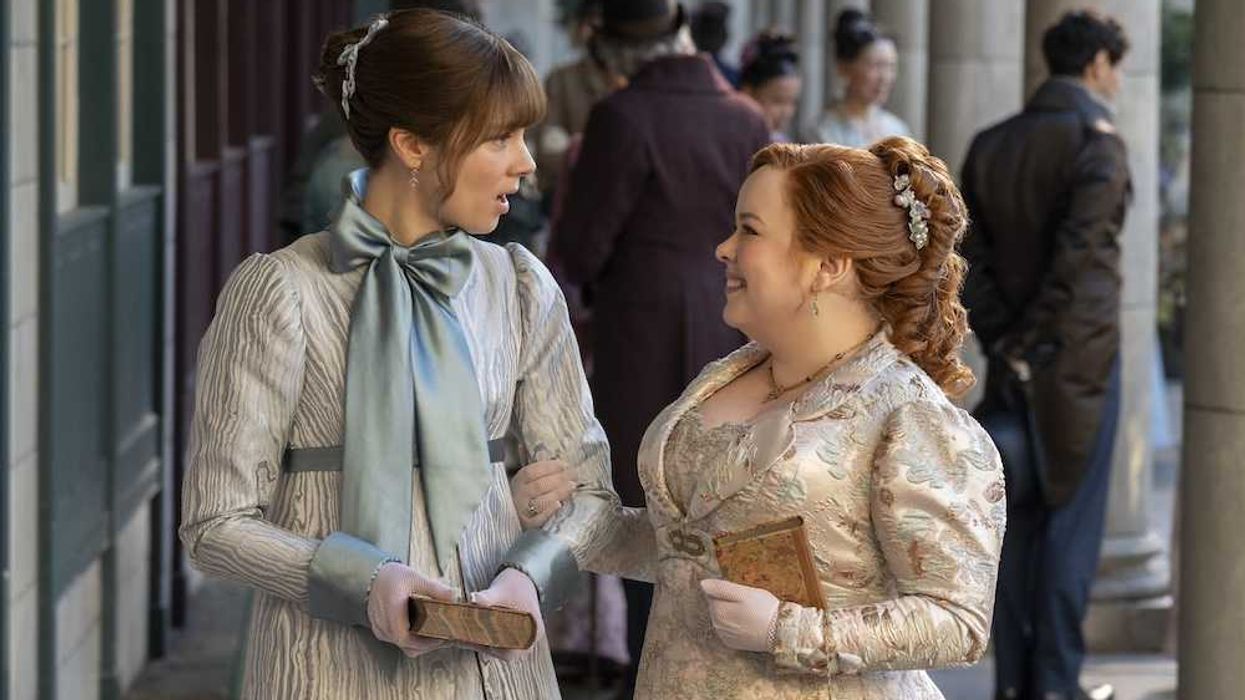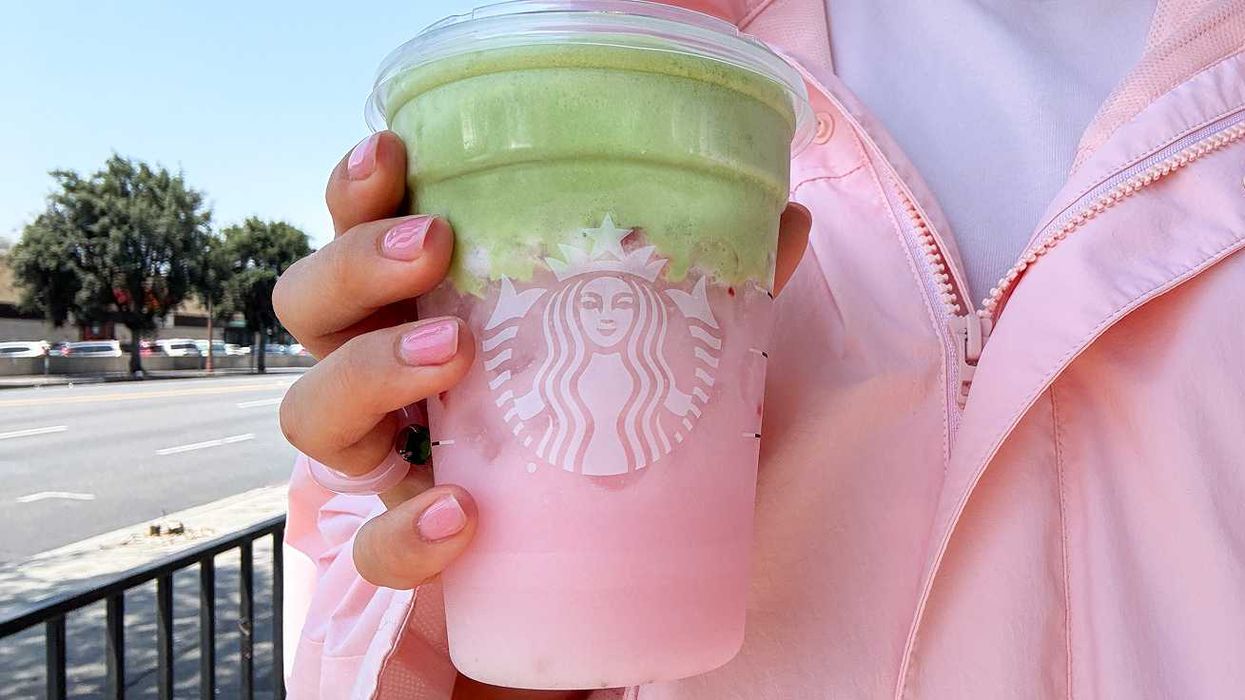A new character is teaching kids about acceptance.
How Sesame Street Can Teach *All* Kids About Autism

By now you’ve probably heard about Sesame Street’s new friend Julia. She’s a red-haired Muppet, and she’s also an autistic four-year-old. In a diverse sea of kid characters, Julia’s introduction gives autistic children someone they can relate to. But that’s not all. Julia also helps children who aren’t autistic to learn about that “neurotype,” or a different way a person’s brain can be structured. So turn on the TV, and let your little one experience all of the ways that this awesome new character can help them better understand the autism spectrum.
1. Communication Conundrum: Autistic children may communicate differently from allistic (non-autistic) ones. This results in difficulties when understanding or expressing verbal and non-verbal communication, especially when engaging in typical social interactions, according to the Autistic Self Advocacy Network. When Julia makes her grand Sesame Street entrance, Big Bird does the superbly social thing and introduces himself, but there’s no visible response from Julia. The lovable yellow bird is confused and, like many children who might find themselves in his situation, doesn’t get why Julia isn’t talking back. Seeing this scenario play out can help your child better appreciate the ways in which a new autistic friend communicates, instead of feeling sad, ignored, or basically bewildered.
2. Sensory Stimuli: Sounds, smells, and feelings (both the emotional and textural kinds) that may seem completely normal to an allistic child can be disturbing or even painful to an autistic one. Your kiddo may have no clue why their autistic friend is upset by things that really don’t seem that bad to them. Here’s where Julia comes in. Her Sesame Street appearances show the stress that children on the autism spectrum can feel when their senses are overwhelmed. Whether it’s getting upset by loud sirens like Julia or reacting to a different kind of sensory overload, the Muppet toddler can help your young child to see that autistic children don’t always hear, see, smell, taste, or otherwise perceive things the same way that they do.

3. Easy Introduction: Children sometimes fear what they don’t know. A child who seems scared, confused, or stressed by a friend’s autism isn’t being mean. Keep in mind: Just because you know what autism is doesn’t mean your child has a clue. Julia’s role on Sesame Street introduces young children to autism and helps them understand the various facets of the neurotype. Will your kiddo walk away from the screen with PhD-level knowledge of the autism spectrum? Nope, that’s not likely. But they’ll get to hear the word “autism” and see some ways that autistic experiences are different from their allistic ones.
4. Neurotype Normalization: One in 68 children in the US has an autism spectrum disorder diagnosis, per the CDC. With a growing number of autistic children being identified, chances are that your child will eventually go to school with (or at least meet) someone autistic. Julia helps to normalize the neurotype, showing pint-sized viewers that autistic people are their neighbors, classmates, friends, relatives, and community members. Yes, kids on the autism spectrum have different struggles from your child. But that doesn’t mean your child won’t have anything in common with their autistic classmate — and that’s exactly what Julia will show them.
5. Autism Acceptance: Your child’s got the rundown on what autism is. They’re starting to understand that autistic kids have different issues and problems from their own. They also understand that it’s completely normal for an autistic child to be part of their class, after-school activity, or play group. So does that mean your child is immediately completely accepting of autistic kids? Maybe… or maybe not. Julia can get your little one over this hurdle and help them to be not only “aware” of autism, but accepting of it. This may show up in your kiddo’s real world by welcoming an autistic child into their group of preschool playmates, giving some extra empathy toward a child on the autism spectrum, or extending their hand in friendship!
What do you think your child can learn from Julia? Tweet us your thoughts @BritandCo!
(Photos via Getty)



















